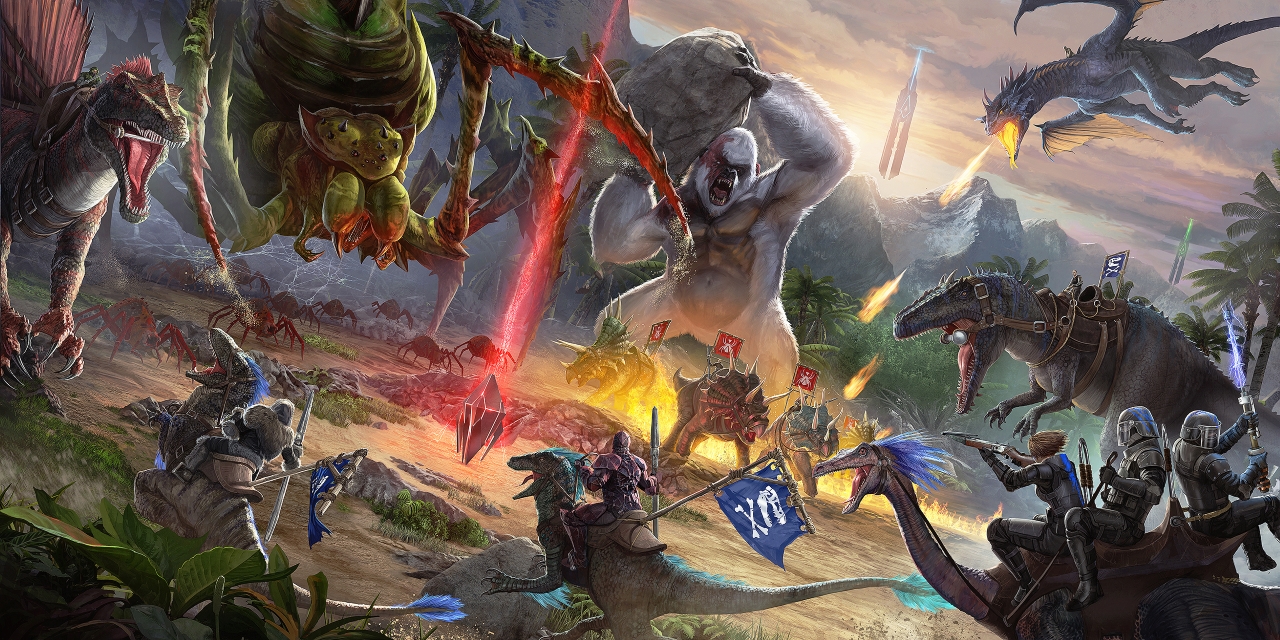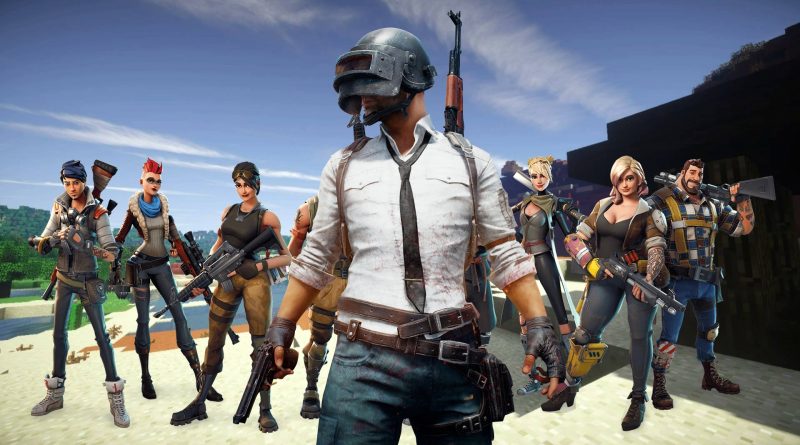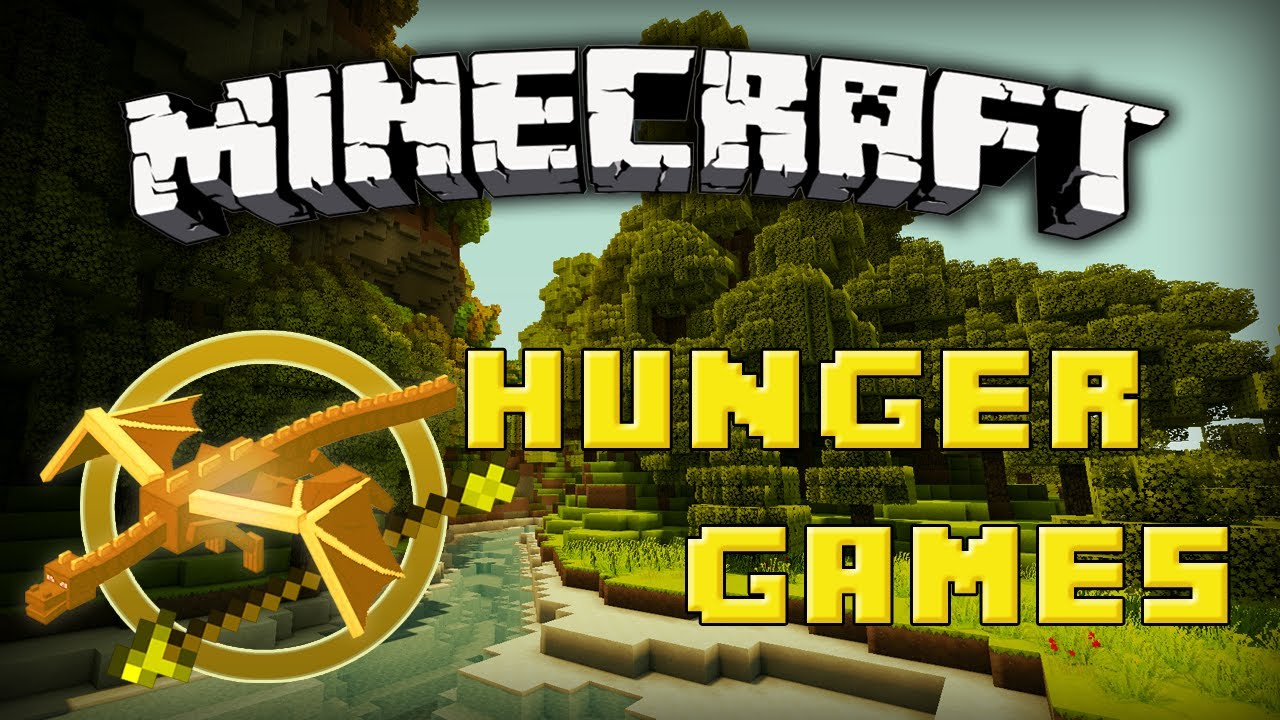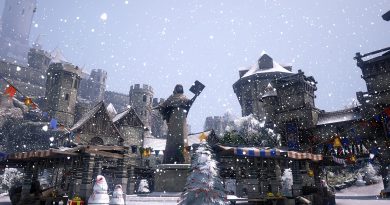The Weird Case of Battle Royale Games
Nowadays, Battle Royale games are huge. So huge, in fact, that according to SteamCharts.com, PlayerUnknown’s Battlegrounds has three to four times as many active players as Dota 2, the game that dominated the Steam charts for a very long time. But it wasn’t always like that.
Battle Royale titles started appearing relatively recently. The game mode that rewards the last man standing has been around for a while, but the complete formula that made PUBG and Fortnite so popular is a phenomenon that we had not experienced until just five years ago.
So, how does a genre go from complete obscurity to the top of the biggest digital distribution platform so quickly? How does it defy all odds and beat time-tested games that do everything right, despite having so many flaws?
Well, let’s dig into the formula and history of Battle Royale games and find out.
What Are Battle Royale Games?
In case you’ve been living under a rock for the past two years or so, let me give you a brief rundown.
Battle Royale is a gaming genre with a relatively simple base formula. You have a number of contestants (the more, the merrier) that drop into a shared environment. The last one left alive wins. There are only two ways out: feet first and as a winner.
This means that most of the time, the winner will be the one that is most capable of surviving the hostile environment and will not think twice before killing another player. Cunning strategies and steady nerves are rewarded and often prove to be all one needs to win.
The idea is not new for the media world. In movies, it is most famously featured in the 1987 Schwarzenegger film The Running Man. It was later introduced in 2003’s Battle Royale, 2007’s The Condemned, and 2009’s The Tournament.
However, the most famous silver screen adaptation of the formula is in 2012’s The Hunger Games. In fact, this movie (and the books of the same name) is the spark that created the Battle Royale video games genre as we know it.
History of the Battle Royale Games
The Humble Beginnings
Back in 2012, The Hunger Games was everywhere. The movie was a major blockbuster, easily beating its competition’s opening weekends. Both critics and viewers loved it. This, of course, drove higher sales to the books of the franchise, which in turn resulted in even more people going to their local theatres to see the flick. Naturally, huge fandoms of all walks of life started forming around The Hunger Games franchise. This included gamers of various ages.
It just so happened that 2012 and 2013 were also the golden years of one of the most famous video games in history – Minecraft. Everyone was playing the blocky sandbox game and it was all over the Internet for better or worse.
When the two huge fandoms, that of Minecraft and that of The Hunger Games, collided, someone decided to create a modded server that allowed players to experience the competition between the twelve districts in Minecraft. This started a whole new craze and Hunger Games or Survival Games servers suddenly became the hottest trend in Mojang’s blocky universe.
This is how Battle Royale games were born and for quite some time, this was all there was to them. A few modded servers in a visually uninspiring game, where realism was never on the table. Unlike what some believed at the time, though, it wasn’t how this story would end.
Beyond the Blocks

The first iteration of PUBG arrived less than a year later, as a mod for Arma 2. It arrived well after the DayZ mod, which employed a similar formula, but with a persistent world, ultimately leaving the game mode open-ended, unlike the real Battle Royale games.
Back then, Brendan “PlayerUnknown” Greene’s mod was simply called Battle Royale, after the 2003 film of the same name which inspired it. It was well received by players, but it never made it into the mainstream the same way that DayZ did. However, Greene’s work did attract the attention of some people in the industry and he was brought on as a consultant for the development of H1Z1: King of the Hill in 2015. He later moved on to become the creative developer at Bluehole, where work on what we now know as PUBG started.
In the meantime, some other developers tried working with the Battle Royale formula. ARK: Survival Evolved got a spin-off called Survival of the Fittest, which flopped almost immediately. Xaviant Studios released their Early Access title, The Culling, which was quite popular for a while, but several changes into the core game resulted in it losing the majority of its player base.

Then, in March 2017, PlayerUnknown’s Battlegrounds hit Steam Early Access. People that abandoned The Culling and other such titles, as well as brand new players hungry for a Battle Royale game, flocked to the new title. The audience grew exponentially, reaching well over 1.3 million active players per month in just 8 months of its release. Official ESL tournaments and streams followed and now PUBG is played by just about every PC gamer on the planet.
It is so popular in fact, that Epic Games, the creators of the Unreal Engine developed their own more cartoonish version with pretty much the same formula. Whether Fortnite is a PUBG rip-off or not, is not for me to decide, so I will not comment on that.
However, this explains what happened, not why. So, let us get to the point – why is PUBG so popular?
What Made PUBG So Successful?
Honestly, I could have written several paragraphs on this subject. There are so many factors as to why PUBG is that popular, that it deserves a whole article of its own, maybe even a series. Thankfully, someone has done it for me.
Extra Credits is a YouTube channel about game design. It translates the complicated designer speech to English for all of us gamers and hobbyists. I think their explanation of PUBG‘s success is the best I have ever encountered. So instead of trying to explain something that might take me ages to write up, I will leave you with the video below.
What’s Next for Battle Royale Games?
Honestly, I am not sure if the industry will be able to top or replicate PUBG‘s success in the near future. After all, there are 1.3 million active players that have invested time and money into PUBG already. They have very little reason to move on to another game of the same genre. Especially if they are already getting their fix from the current leader on the market.
However, only time will tell whether I am right. PUBG is riding high right now, but it has yet to celebrate its first birthday or even make it out of Early Access. There is a lot that can change by the time it hits its release date. Also, we have already seen how fast the gaming industry adapts to new trends.
Bottom line is that the future of Battle Royale games is very similar to its history. It is definitely uncertain and it will probably surprise us in many ways we didn’t think possible.
So, what’s next? We’ll wait and see. In the meantime, do let us know in the comments what you think will follow for Battle Royale games.





